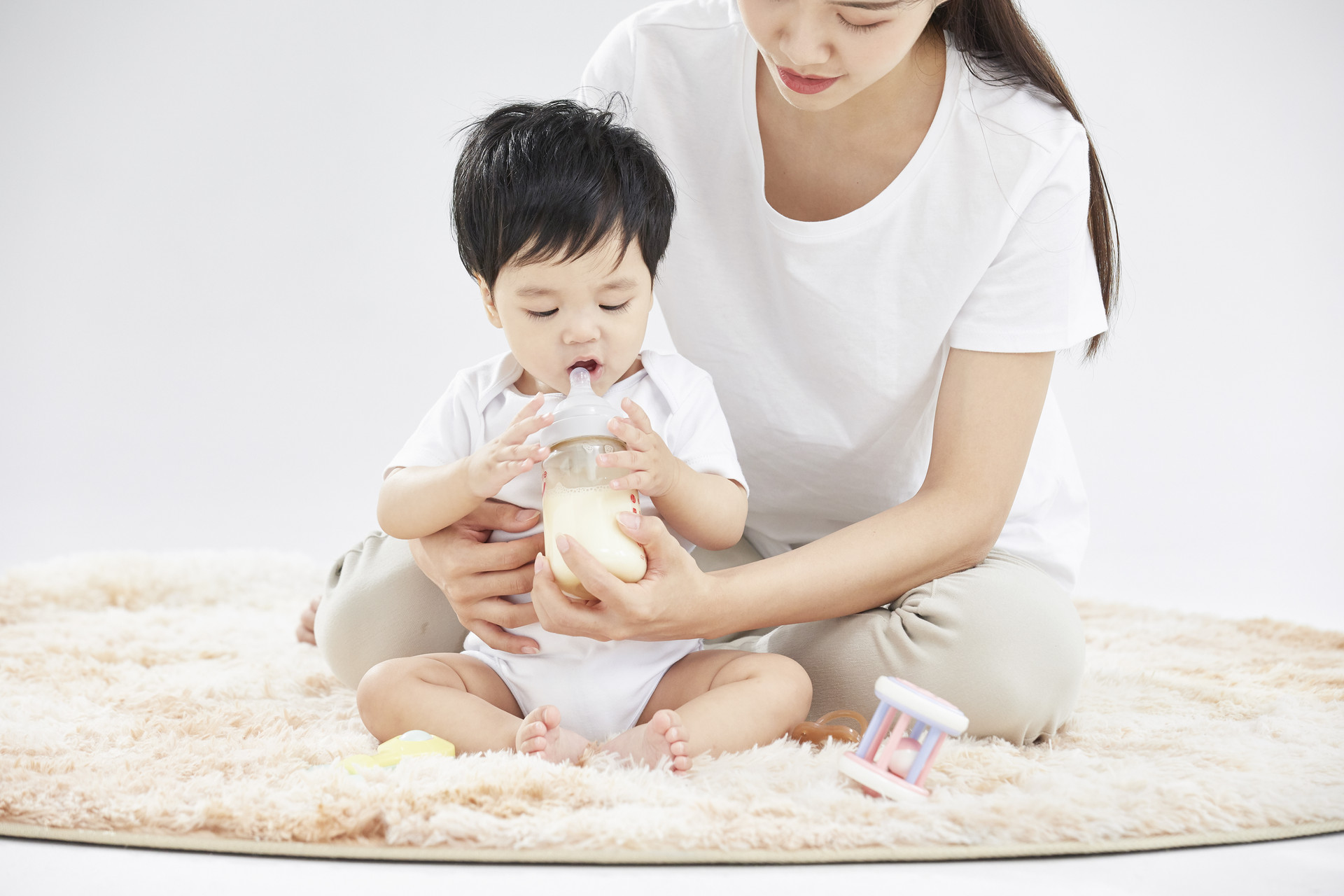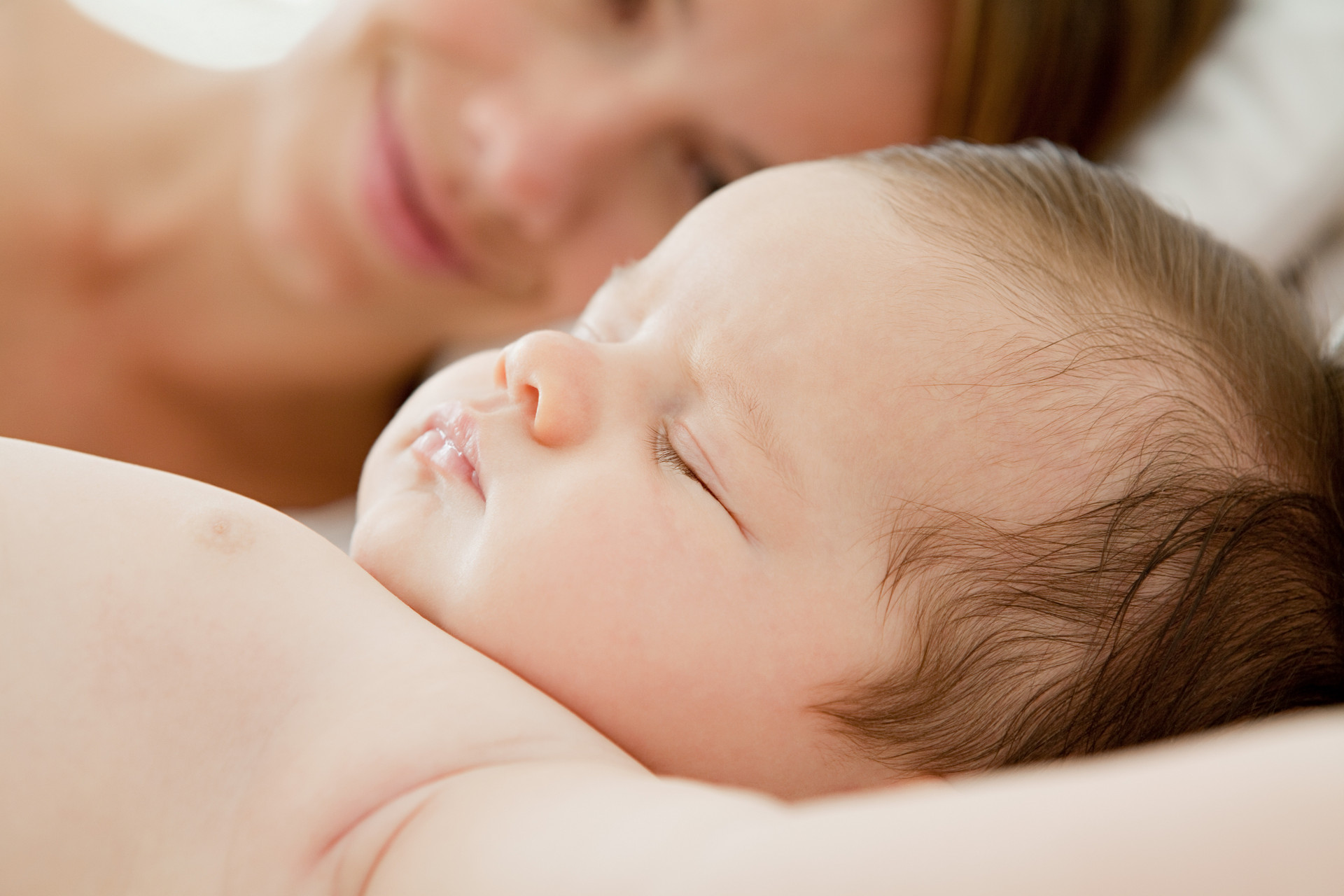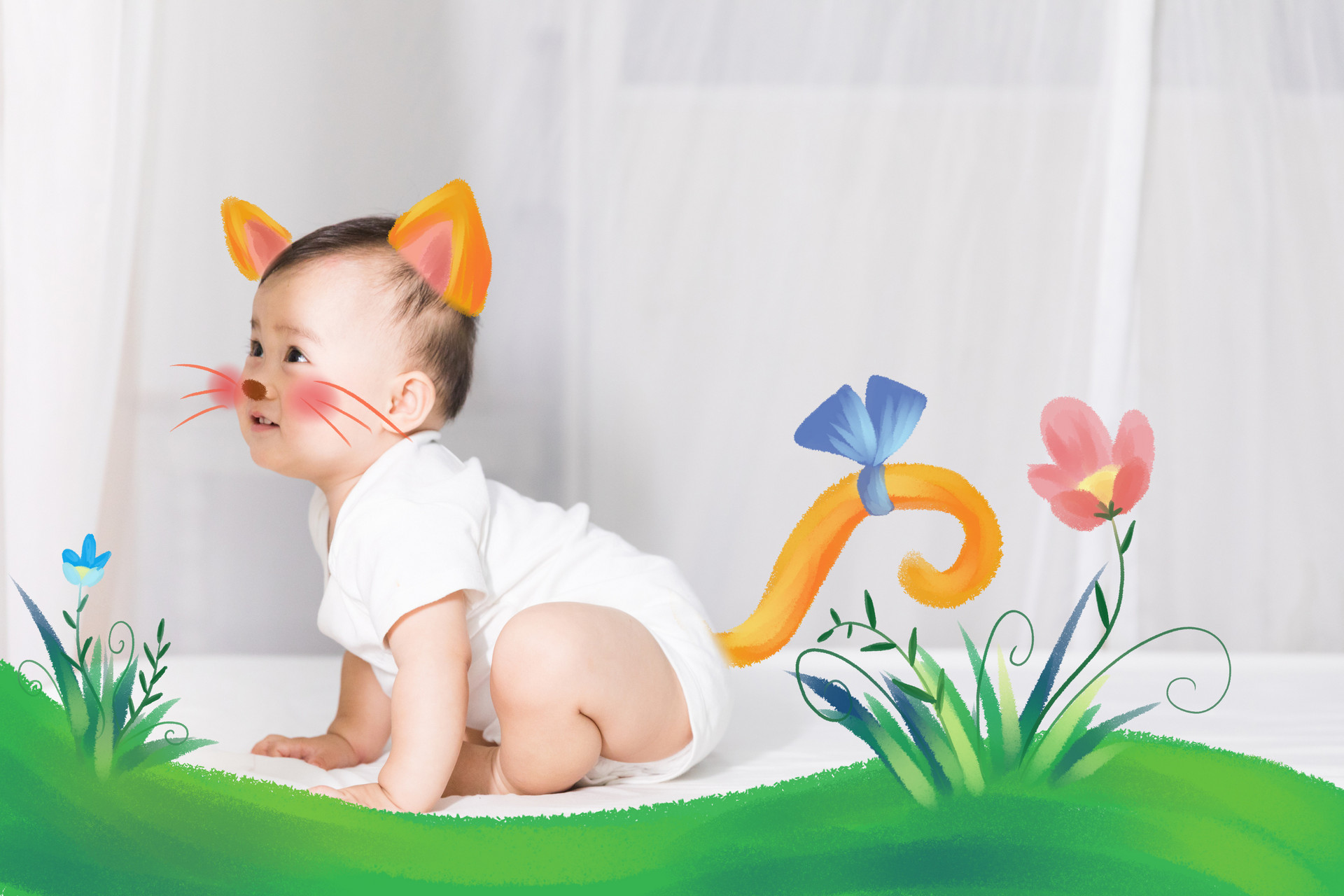Why are a baby's hands and feet cold?
It is common to see babies with cold hands and feet, even when they have a high fever. This phenomenon is known as false cold and true heat. Although the baby's hands and feet may feel cold, their internal organs are actually in a feverish state. This is particularly common in infants and toddlers under the age of 3.
Infants have less blood in their limbs compared to their internal organs, which makes it easier for their limbs to feel cold. Additionally, the underdeveloped nervous system in infants can cause dysregulation of the autonomic nervous system, which controls blood vessel dilation and constriction. This can lead to spasms and coldness in the small blood vessels of the limbs during the early stages of high fever.
Unfortunately, many parents mistake cold limbs for the baby being cold and immediately wrap them tightly in blankets. This can prevent the baby's body temperature from dissipating and cause it to rise even higher, leading to high fever and seizures, which can have adverse effects on the baby's recovery.
When encountering cold hands and feet in a baby, parents can use a thermometer to measure their body temperature, or feel their armpits or the temperature of the breath when facing them. Breastfeeding mothers can also judge if the baby has a fever by feeling the warmth of the baby's mouth through the nipple. If the baby's hands and feet are cold, but the armpits, forehead, and mouth feel hot, it indicates a fever.
1. Poor temperature regulation: Babies have difficulty regulating their body temperature in extremely cold or hot environments, which affects blood circulation.
2. Insufficient clothing: In cold weather, if babies are not dressed warmly enough, they will feel cold and their hands and feet will naturally become cold.
3. Illness: Babies may have cold hands and feet if they have symptoms such as fever, anemia, or malnutrition.
What to do if a baby's hands and feet are cold?
1. Keep warm: If parents notice that the baby's hands and feet are cold, they should first check if the baby is dressed warmly enough. As long as the tip of the nose and the back of the head are warm, the baby is not cold. Pay special attention to keeping the legs and feet warm, as warmth in the lower extremities will make the whole body feel warm.
Avoid wearing tight clothes, as they can impede blood circulation. Gentle exercise can increase blood circulation and metabolism. Additionally, if the baby is wrapped too tightly, it can also lead to illness.
2. Adjust indoor temperature: Ensure that the baby lives in an environment with appropriate temperature and humidity. If there is air conditioning at home, it is best to set the temperature to around 20°C. If the temperature is too high and the baby often sweats, it can also lead to illness.
3. Fever-induced cold hands and feet: When the baby has a fever, their hands and feet often feel cold, with a lack of sweating on the palms and soles. Touching the baby's forehead with the back of the hand can feel the fever. It is necessary to see a doctor promptly.
4. Illness-induced cold hands and feet: Certain illnesses can affect the baby's blood circulation, such as anemia, heart disease, and malnutrition. Parents should seek medical attention in a timely manner and also observe if the baby has pale complexion, cyanotic lips, weak crying, decreased activity, and easy fatigue.
Tips to prevent a baby's hands and feet from getting cold
1. Engage in physical activities: On sunny days during winter, take the baby outdoors for activities such as brisk walking, running, climbing stairs, playing with a ball, doing games, or imitating exercises. For babies who have just started standing or walking, take them to play on the grass. Hold the baby's hands and jump or bounce together to help strengthen their temperature regulation ability and keep their limbs warm.
2. Dietary adjustments: What should a baby with cold hands and feet eat? In the baby's diet, add foods that are rich in protein, fat, carbohydrates, and vitamins, such as corn, millet, milk, meat, fish, egg yolks, nuts, and carrots. Especially include warm foods to help the baby resist the cold and warm up their hands and feet.
3. Daily care: In daily life, mothers can give the baby baths, massages, and use warm hands to warm their feet, which helps improve the coldness of the baby's hands and feet. When the baby comes back from playing outside with red hands, do not immediately warm them up with hot water. Wait until they have adapted to room temperature before warming them up.
4. Frequent rubbing of hands and feet: In cold winter weather, frequently rub the baby's hands and feet to make them feel warm, accelerate blood circulation, and warm up the whole body. Helping the baby resist the cold.











